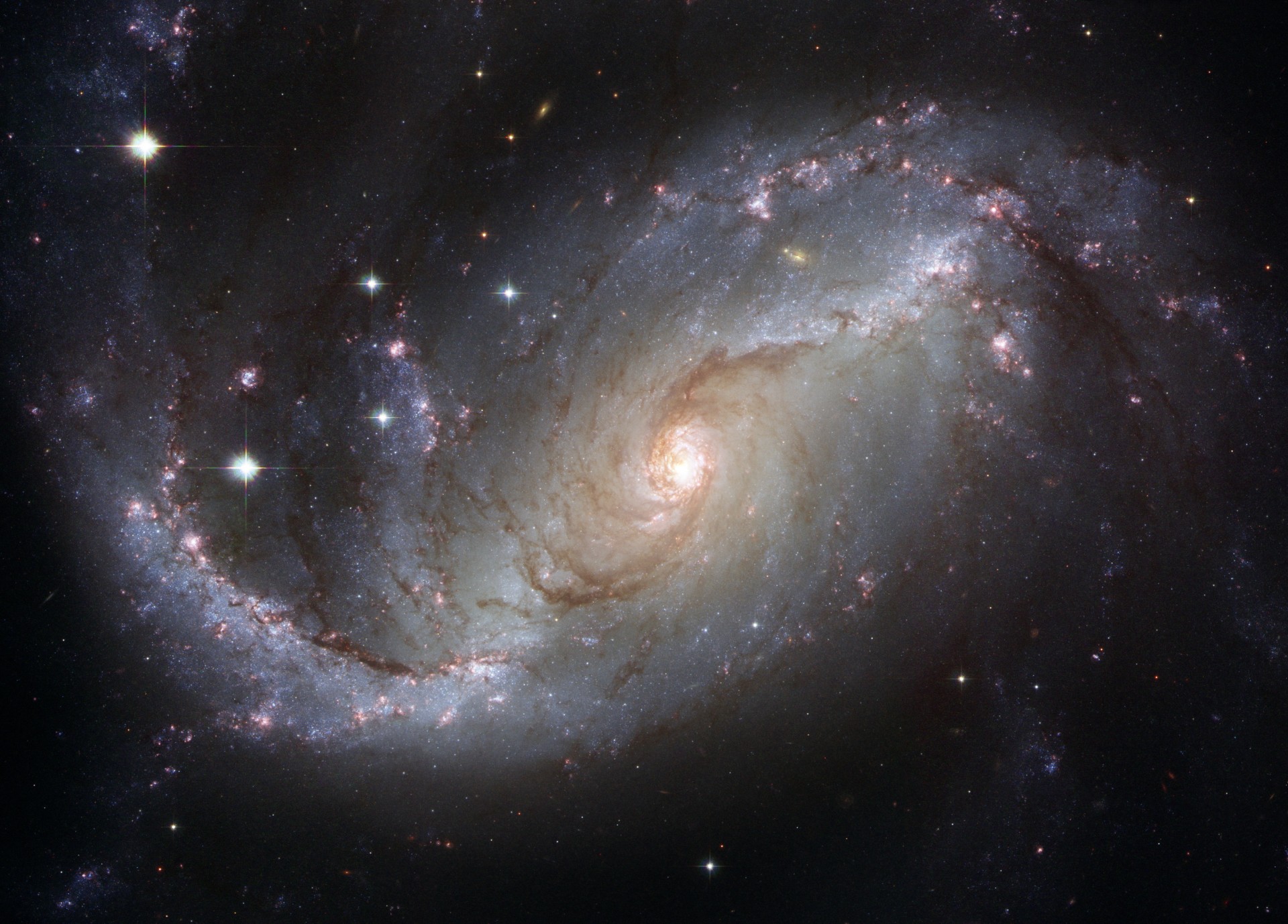Oldest satellite galaxy is over 13 billion years old
These galaxies include "Segue 1", "Bootes I", "Tucana II" and "Big Ursa 1", all of which belong to the first galaxy of the universe, more than 130 billion years of history.

According to a recent report by the Physicist Organization Network, the latest research by British and American scientists shows that the darkest satellite galaxy that orbits the Milky Way is one of the oldest galaxies in the universe. They said that the discovery of these earliest galaxies is equivalent to finding the remains of the first humans on Earth, which helps to study the evolution of the universe.
These galaxies include "Segue 1", "Bootes I", "Tucana II" and "Big Ursa 1", all of which belong to the first galaxy of the universe, more than 130 billion years of history.
About 380,000 years after the Big Bang, the first atom began to form. These hydrogen atoms aggregate into clouds and gradually cool down to form small clumps or dark matter "halations" that appear in the big bang. This cooling phase, known as the "Earth of the Universe," lasted for about 100 million years. Eventually, the gas cooled inside the halo became unstable and began to form stars, giving birth to the first galaxies. With the formation of these galaxies, the universe emits light and the dark ages end.
In this latest study, scientists identified two sets of satellite galaxies that orbit the Milky Way. The first group is very weak, composed of galaxies formed in the dark ages of the universe, the second group is brighter, composed of galaxies formed hundreds of millions of years later.
The researchers explained that the intense ultraviolet radiation emitted by the first galaxies would destroy the remaining hydrogen atoms by ionization, making it difficult to cool to form new stars. In the next billion years, the formation of the galaxy stopped. But as the halo of the dark matter becomes so large that the ionized gas can cool, the formation of the galaxy opens again, eventually forming a spectacular bright galaxies like the Milky Way.
It is worth noting that the team found that their previously developed galaxies formation model was in complete agreement with the data, which allowed them to infer the formation time of satellite galaxies.










